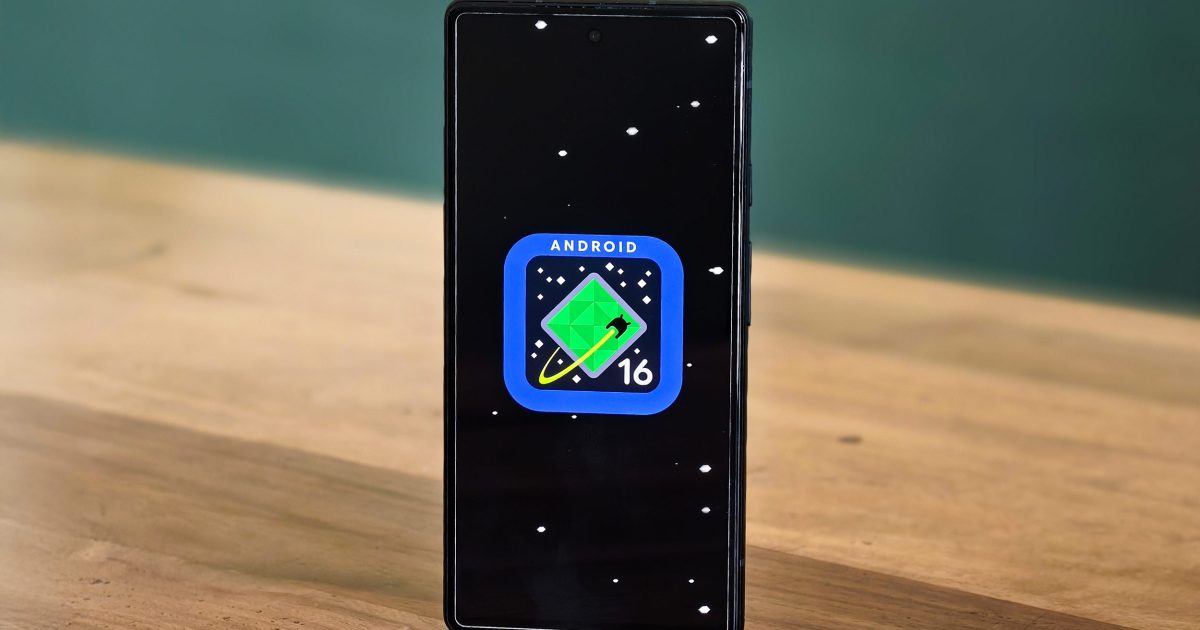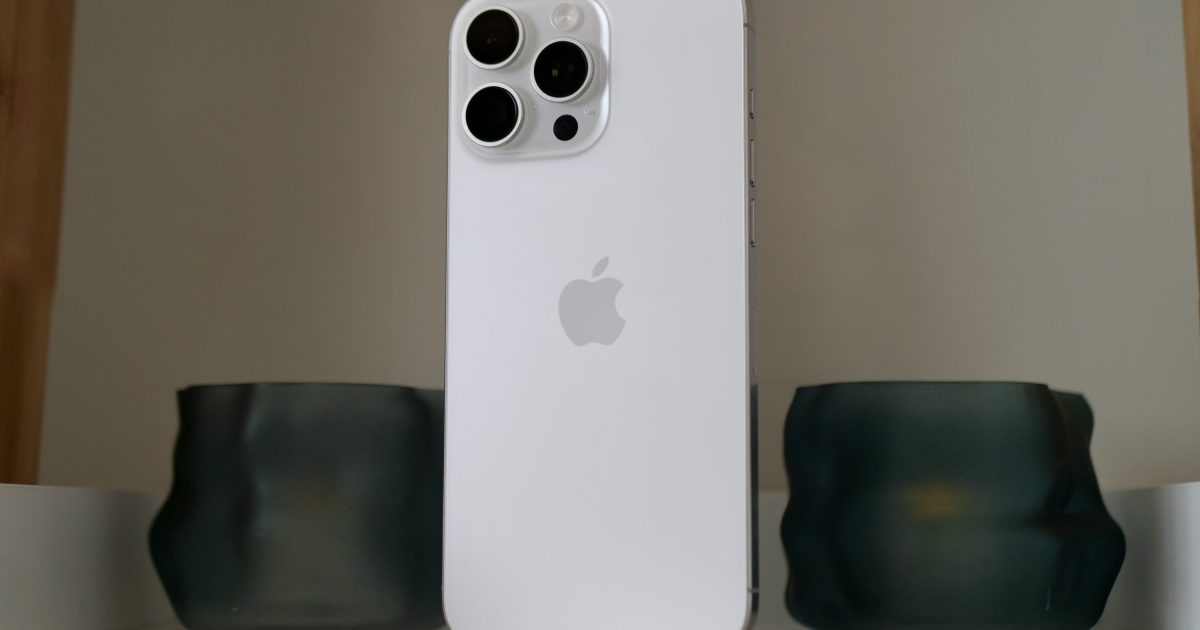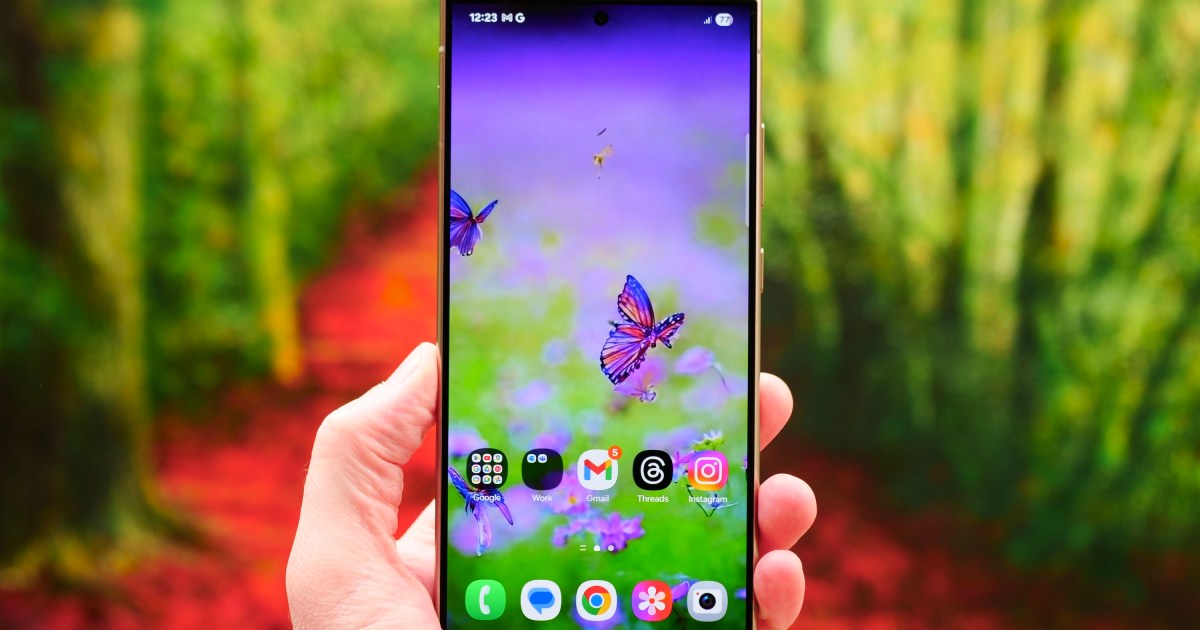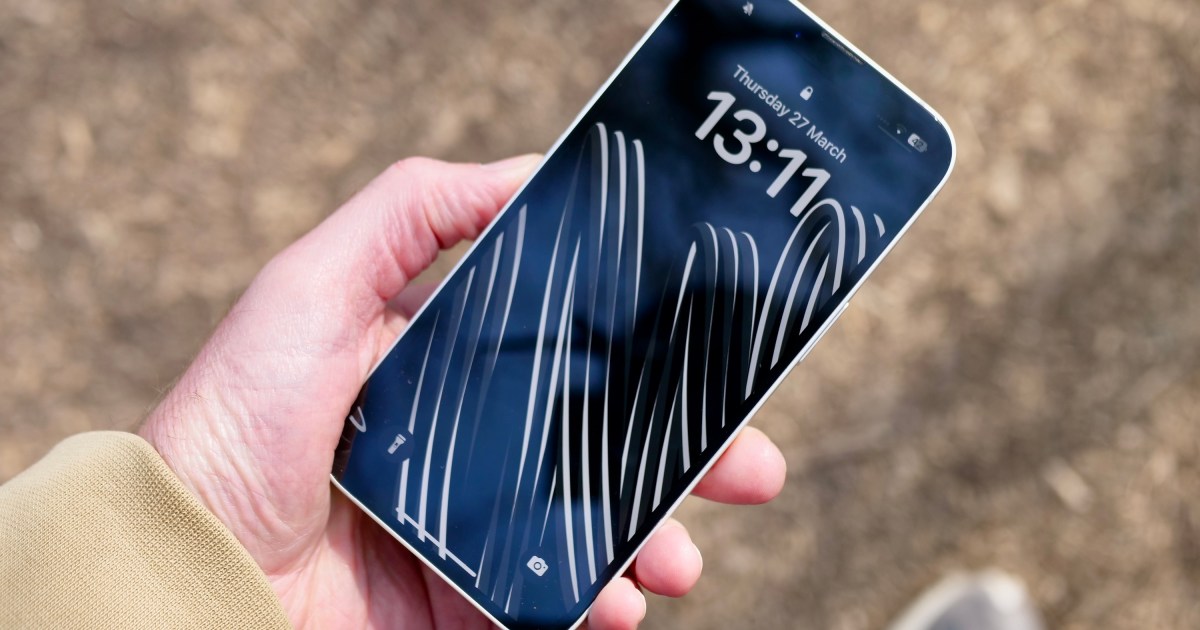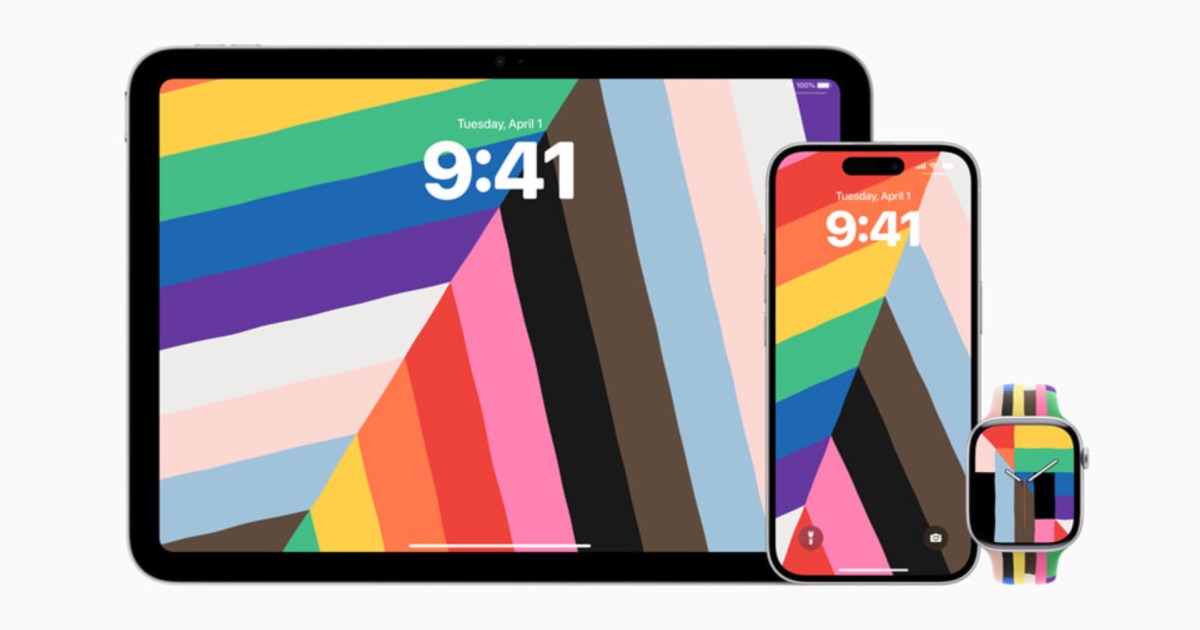The world of tech is constantly evolving, and with so many new gadgets and trends emerging, it’s easy to get lost. This article addresses some of your burning questions about the upcoming Slate Truck, the current state of smartphone design, choosing the right tablet for your needs, and more. Let’s dive in.
The All-New Slate Truck: Is it Worth the Hype?
The Slate Truck, a new sub-$20,000 electric vehicle (after government incentives), is creating quite a buzz. Its unique selling proposition isn’t about what it has, but rather what it doesn’t. Forget touchscreens, stereos, Bluetooth, and power windows – this truck is all about simplicity and customization.
 The Slate Truck: A minimalist electric vehicle.
The Slate Truck: A minimalist electric vehicle.
The basic model comes with two seats, a five-meter bed capable of hauling 1,400 pounds, air conditioning, steel wheels, hand-cranked windows, and standard driver-assistance features. It boasts a rear-mounted electric motor, a spacious front trunk (frunk), and a battery offering an estimated range of 150 miles.
While 150 miles might seem limited compared to other EVs, Slate offers an optional larger battery that extends the range to a more practical 240 miles. This is just one of over 100 add-ons available for purchase both initially and throughout your ownership, allowing you to tailor the truck to your changing needs.
 Customizing the Slate Truck with accessories.
Customizing the Slate Truck with accessories.
Personalization options include vinyl wraps for adding a pop of color and an SUV upgrade kit that transforms the two-seater into a five-seater. The infotainment system follows a “bring your own device” philosophy. There’s a universal phone mount and several USB ports, along with optional tablet holders and Bluetooth speakers.
The Slate Truck’s innovative approach to customization and affordability makes it a compelling option for DIY enthusiasts and those seeking an entry-level EV. Reservations are open now for a refundable $50 deposit, with deliveries expected to commence next year.
Tablet Showdown: Samsung Galaxy Tab S10 Ultra vs. Red Magic Tablet
Choosing the right tablet often comes down to balancing productivity and entertainment. The Samsung Galaxy Tab S10 Ultra and the Red Magic Tablet represent two distinct approaches to this dilemma.
The Galaxy Tab S10 Ultra, priced over $1,000, excels in productivity. The improved Samsung DeX allows for multi-screen casting and multi-window multitasking. The included S Pen adds significant value for sketching, note-taking, and creative tasks. Its MediaTek Dimensity chipset delivers solid performance, and the expansive 14-inch screen provides ample real estate for work and play.
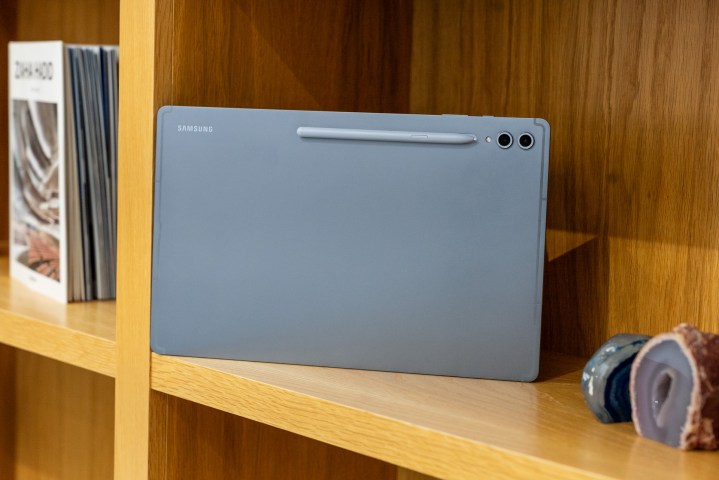 The Samsung Galaxy Tab S10 Ultra: A productivity powerhouse.
The Samsung Galaxy Tab S10 Ultra: A productivity powerhouse.
On the other hand, the ZTE Red Magic Tablet prioritizes gaming. Features like thermal cooling, low screen latency, and a high refresh rate ensure a responsive gaming experience. Casting to a larger screen compensates for the LCD display’s limitations compared to Samsung’s AMOLED.
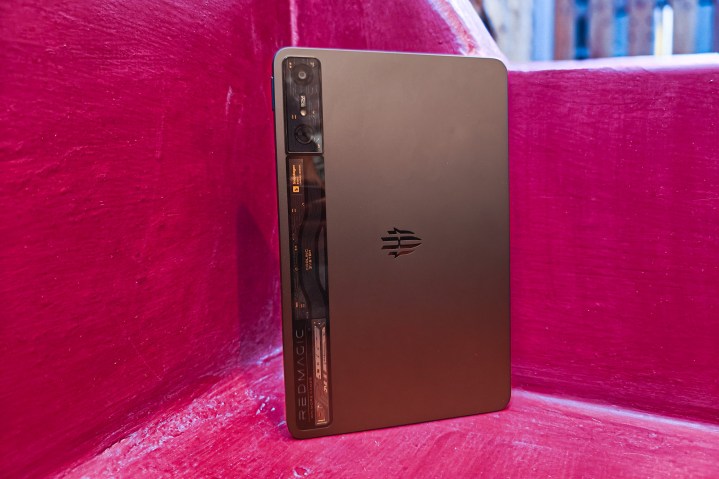 The Red Magic Tablet: Designed for gaming.
The Red Magic Tablet: Designed for gaming.
For value, the Red Magic Tablet edges out the Samsung. However, the S Pen’s productivity features might justify the higher price for some users. Ultimately, the best choice depends on individual needs and priorities.
The Future of Smartphones: Foldables and Thin Designs
While smartphones might seem to have reached a plateau in design innovation, foldable devices offer a glimpse into the future. Tri-fold designs, like the one showcased by Huawei, have the potential to blur the lines between smartphones and tablets.
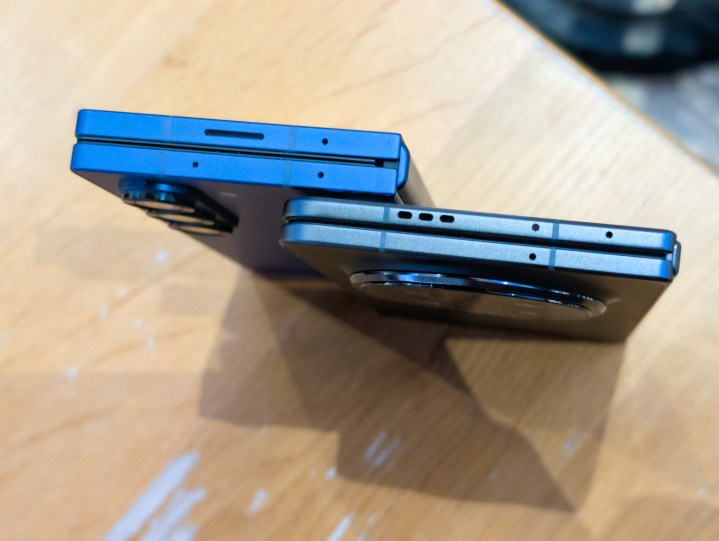 Comparing the thickness of foldable phones.
Comparing the thickness of foldable phones.
However, challenges remain, particularly the crease in foldable displays. Further advancements are needed for a truly seamless transition between phone and tablet modes.
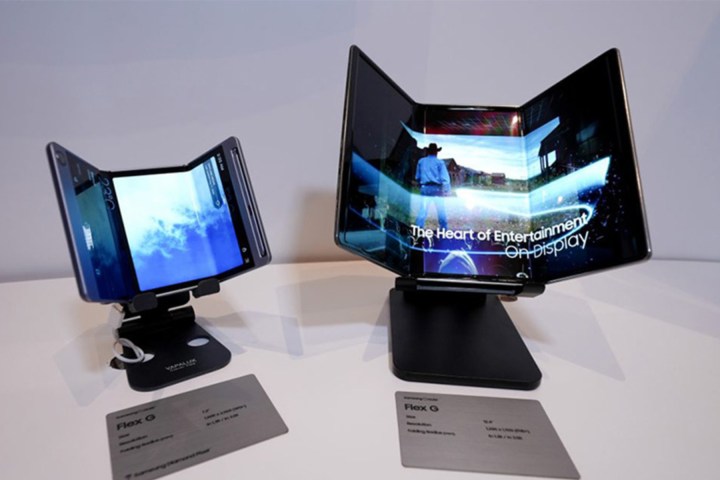 Samsung's tri-fold phone concept.
Samsung's tri-fold phone concept.
Beyond foldables, the trend towards thinner devices is also exciting. A slimmer profile offers a tangible difference in hand feel, and manufacturers like Apple, Samsung, and various Chinese brands are embracing this direction.
Soundbar Recommendations and Streaming Box Choices
For a bedroom soundbar under $600, options like the Bose Smart Soundbar, Polk MagniFi Mini AX, and Klipsch Flexus Core 300 offer excellent sound quality and features like dialogue enhancement and Dolby Atmos support.
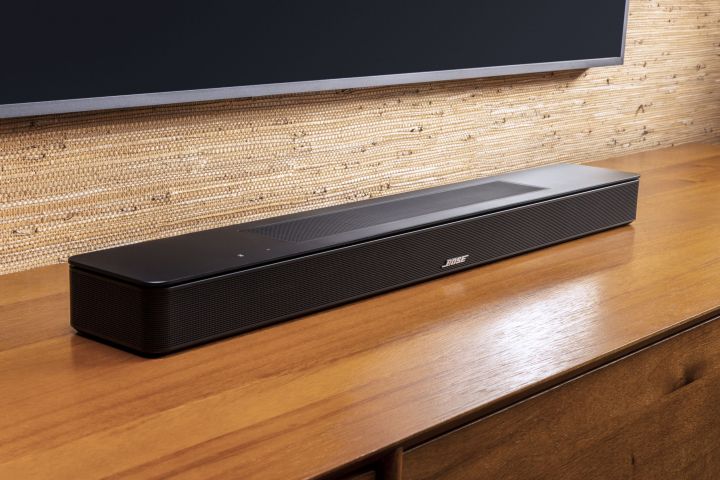 Bose Smart Soundbar for enhanced dialogue.
Bose Smart Soundbar for enhanced dialogue.
 Polk MagniFi Mini AX with wireless subwoofer.
Polk MagniFi Mini AX with wireless subwoofer.
Streaming boxes provide a customized and often faster streaming experience compared to built-in TV software. Top choices include the Google TV streamer, Roku Streaming Stick Plus, and Apple TV 4K.
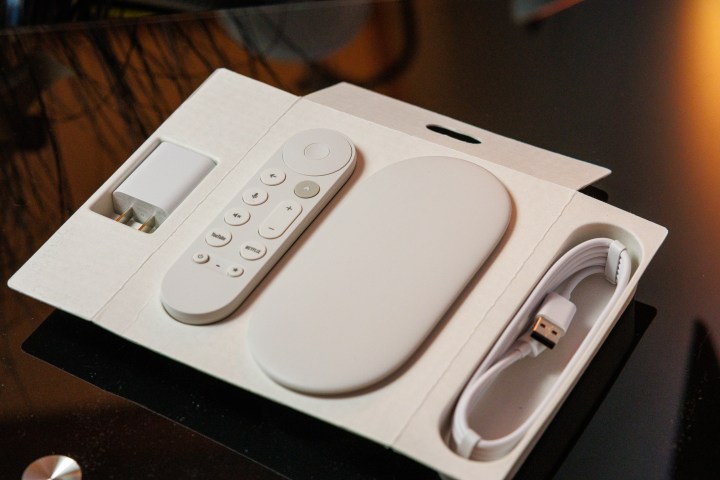 Google TV Streamer in its retail packaging.
Google TV Streamer in its retail packaging.
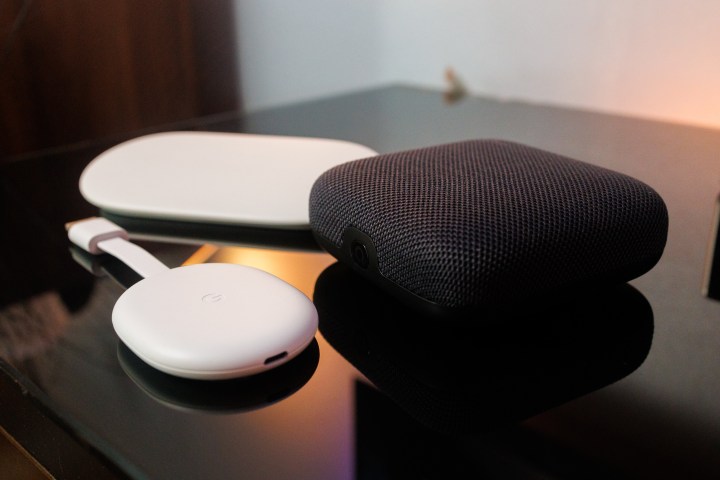 Comparing Google TV Streamer with other devices.
Comparing Google TV Streamer with other devices.
Understanding Ultrawide Movie Aspect Ratios
The 21:9 (or 2.35:1/2.40:1) aspect ratio in movies is often a creative choice by directors, intended for theatrical viewing. While this can lead to black bars on standard TVs, it enhances the cinematic experience on larger screens.
 A scene from a movie displayed on a widescreen TV.
A scene from a movie displayed on a widescreen TV.
 Sony Bravia 8 Mark II television.
Sony Bravia 8 Mark II television.
This format has been used in numerous classic films, and it continues to be a preferred choice for creating a truly immersive cinematic experience.
Conclusion
From innovative electric trucks to the evolving landscape of smartphones and home entertainment, the tech world is full of exciting developments. By understanding the trends and choosing the right technology for your needs, you can make the most of these advancements.





